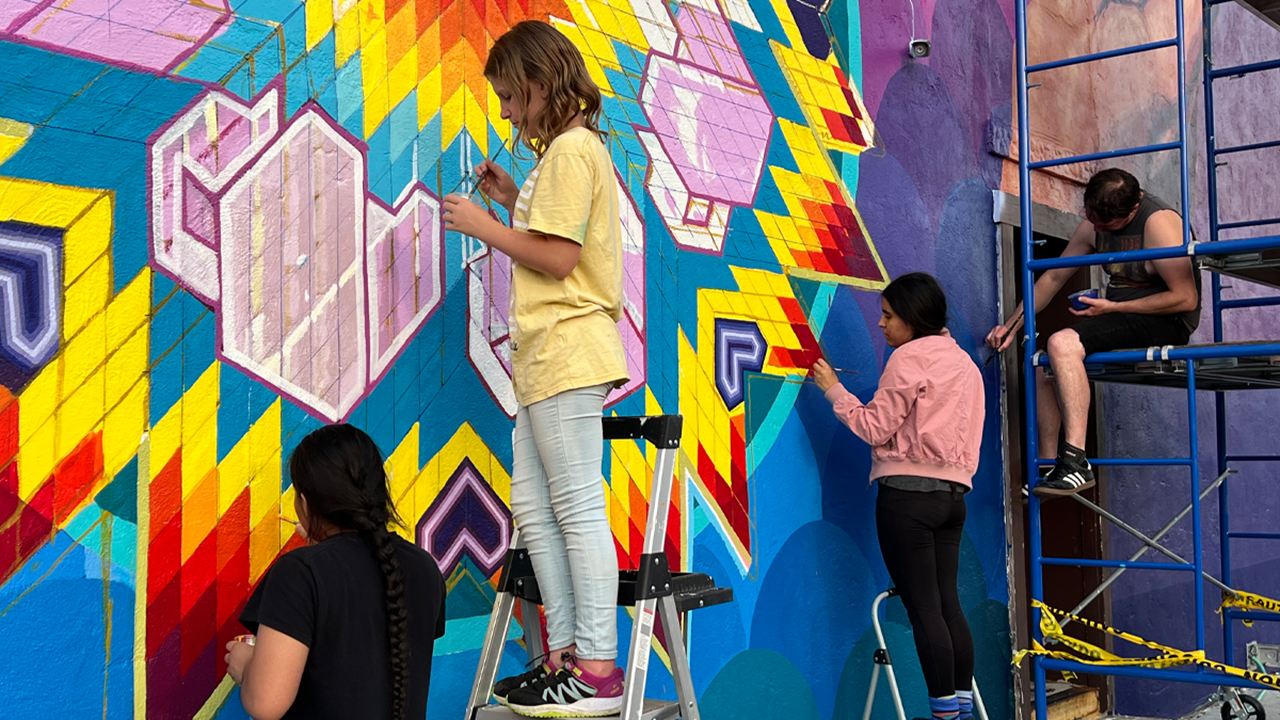Abstract Photo-based Painting Ideas for Pro Photographers
The world of art is vast, offering limitless opportunities for creativity. For professional photographers, exploring the realm of abstract photo-based painting can open new avenues of expression. Integrating photography and painting provides a fresh narrative to art, where your shots aren't just captured moments but become evocative pieces of art. This article delves into abstract photo-based painting ideas, aiming to inspire photographers to venture beyond traditional photography.

The Intersection of Photography and Painting
The blend of photography and painting isn't new, but it's continually evolving, providing photographers with new mediums to present their work. This concept has been beautifully explored in articles like Photo-to-Painting Process Explained. [Link text must be blue]. Understanding the nuances can help photographers infuse their images with artistic flare, creating pieces that speak volumes on gallery walls.
Abstract Techniques and Styles
Diving into abstract techniques allows for expressing visions beyond reality. Applying surreal overtones or hyper-stylized effects can turn photo-realistic images into art pieces. Techniques such as multiple exposure blending, long-light trails, or dynamic brush strokes on your captured shots offer depth and artistic mystery. Many photographers turn to resources like Corbin X. Johnson's insights on photo-based painting to refine their technique.
Exploring Digital and Traditional Mediums
The digital era has provided artists with tools to reinvent painting and photography collusions. Software solutions and graphic design platforms enable photographers to transform photos into paintings with ease. For those who prefer traditional approaches, learning from past pioneers is vital. Consider exploring famous artists' techniques, as discussed in Famous Photo-based Painting Artists.
Crafting Your Abstract Story
The goal of photo-based paintings is to tell a story or convey emotion that words or photos alone might not express. Photographers can experiment with layering techniques, contrasting bold colors against monochrome elements, or drenching the canvas in textures to create mood and atmosphere. This is well elaborated in PicsArt's tutorial on turning photos into art.
Inspirational themes and Sources
To feed your creativity, draw inspiration from various sources such as nature, urban settings, or human emotion. Imagining what visual elements move you and how they can be translated into both a photo and a painting will give rise to engaging art. Checking out influencers in the field and resources such as Time's feature on modern photography can provide fresh insights.

FAQ Section
How do I start with abstract photo-based paintings?
Begin by capturing photos with high contrast and rich in detail. Use photo-editing software or painting apps to introduce abstract elements.
Which tools are recommended for creating photo-based paintings?
Tools like Photoshop, Corel Painter, and Adobe Fresco offer robust features for blending photographic details with artistic brushwork electronically.
Can traditional canvas techniques be applied to digital photo-based artistry?
Absolutely, many artists adapt traditional techniques such as impasto and stippling in digital format to enhance the visual appeal of their work.

